For controlled traffic that shall be separated in the vicinity of aerodromes ? [ Attainment AIM ]
Question 16-1 : When the commander in the following aircraft has the preceding aircraft in sight and is able to maintain own separation at discretion of the responsible air traffic controller only if the air traffic controller has the involved aircraft in sight if the commander of one of the involved aircraft so requests
 When the commander in the following aircraft has the preceding aircraft in sight and is able to maintain own separation.
When the commander in the following aircraft has the preceding aircraft in sight and is able to maintain own separation. If an atc clearance is not suitable to the pilot in command of an aircraft ?
Question 16-2 : The pic may request and if practicable obtain an amended clearance the pic may request an amended clearance from the atc atc has to amend the clearance in accordance with the pilots request the pic has to accept the atc clearance the clearance is based on the flight plan filed with atc the pic may propose another clearance atc has to amend the clearance in accordance with the pilots request
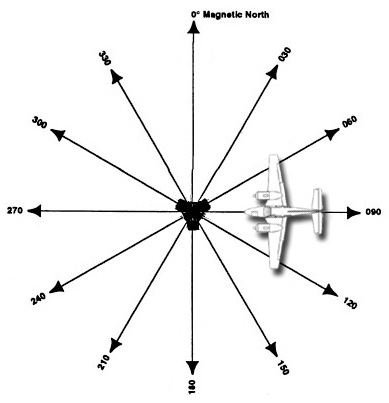 The pic may request and, if practicable, obtain an amended clearance.
The pic may request and, if practicable, obtain an amended clearance. General provisions change from ifr to vfr .a change from instrument flight ?
Question 16-3 : The change is initiated by the pic with a message containing the specific expression 'cancelling my ifr flight' the pic has requested and obtained an atc clr for the change and has filed a special vfr flight plan the position of the change has been noted on the atc flight plan the cancellation of the ifr flight will then be made automatically by atc atc invites the pic to change from ifr to vfr
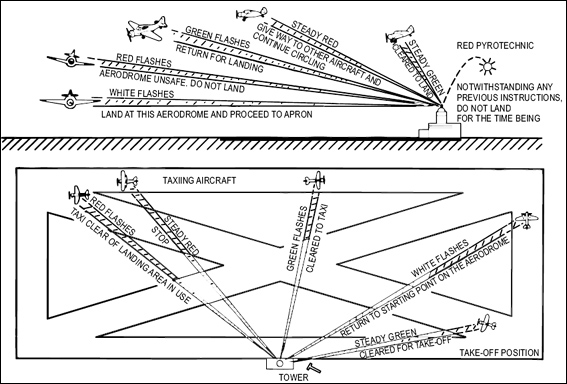 The change is initiated by the pic with a message containing the specific expression 'cancelling my ifr flight'.
The change is initiated by the pic with a message containing the specific expression 'cancelling my ifr flight'. General provisions handling an atc flight plan in case of a delay.in the event ?
Question 16-4 : Estimated off block time by 60 minutes estimated off block time by 30 minutes estimated departure time by 30 minutes estimated departure time by 60 minutes
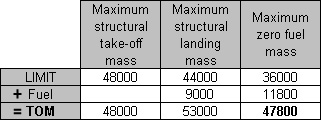 Estimated off-block time by 60 minutes.
Estimated off-block time by 60 minutes. General provisions responsibility for terrain clearance.who is in general ?
Question 16-5 : The pilot in command the aircraft operator the atc the ats reporting office accepting the flight plan
 The pilot-in-command.
The pilot-in-command. General provisions for ats content of voice position reports according doc4444 ?
Question 16-6 : 1 aircraft identification 2 position 3 time 4 flight level or altitude 5 next position and time over 6 ensuing significant point 1 aircraft identification 2 position 3 flight level or altitude 4 time 5 next position and time over 6 ensuing significant point 1 aircraft identification 2 position 3 time 4 true air speed 5 flight level or altitude 6 next position and time over 1 aircraft identification 2 position 3 time 4 flight level or altitude 5 next position 6 time over
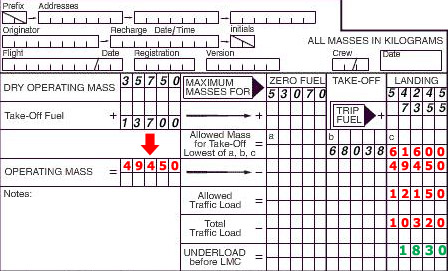 1) aircraft identification, 2) position, 3) time, 4) flight level or altitude, 5) next position and time over, 6) ensuing significant point.
1) aircraft identification, 2) position, 3) time, 4) flight level or altitude, 5) next position and time over, 6) ensuing significant point. General provisions for ats obstacle clearance .when does air traffic control ?
Question 16-7 : When a flight in accordance with ifr is vectored by radar always when ats are provided ats never prevent collisions with terrain ats only provides prevention when an aircraft is flying ifr in imc
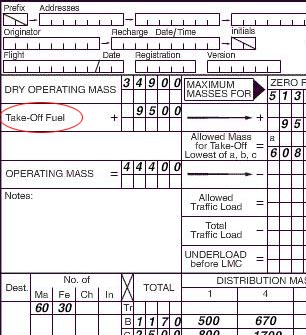 When a flight in accordance with ifr is vectored by radar.
When a flight in accordance with ifr is vectored by radar. Given .agl = above ground level.amsl = above mean sea level.fl = flight ?
Question 16-8 : 3000 ft amsl or 1000 ft agl fl 30 or 1500 ft agl 3000 ft amsl or 1500 ft agl fl 30 or 100 ft agl
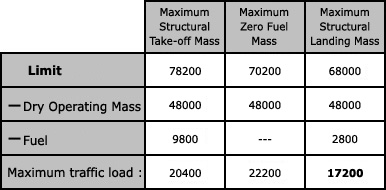 3000 ft amsl or 1000 ft agl.
3000 ft amsl or 1000 ft agl. What does the acronym 'rnp' stand for ?
Question 16-9 : Required navigation performance required navigation precision requested navigation position required navigation point
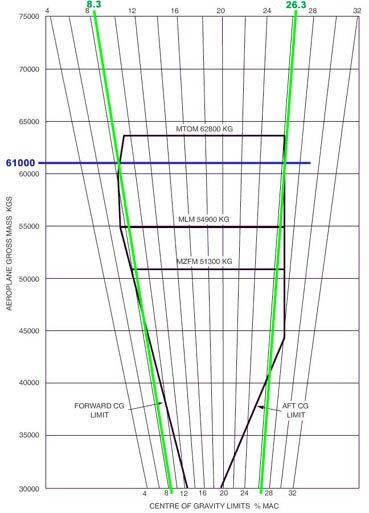 Required navigation performance.
Required navigation performance. If an arriving aircraft is making a straight in approach a departing aircraft ?
Question 16-10 : Until 5 minutes before the arriving aircraft is estimated to be over the instrument runway until 3 minutes before the arriving aircraft is estimated to be over the instrument runway until 2 minutes before the arriving aircraft is estimated to be over the instrument runway until 10 minutes before the arriving aircraft is estimated to be over the instrument runway
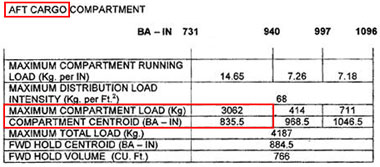 Until 5 minutes before the arriving aircraft is estimated to be over the instrument runway.
Until 5 minutes before the arriving aircraft is estimated to be over the instrument runway. If the crew on an arriving aircraft approaching a controlled aerodrome will ?
Question 16-11 : The air traffic controller will provide separation to other controlled traffic continued approach will be according to vfr the approach must be passing the faf the meteorological visibility must not be less than 8 km
 The air traffic controller will provide separation to other controlled traffic.
The air traffic controller will provide separation to other controlled traffic. In order to meet the wake turbulence criteria what minimum separation should be ?
Question 16-12 : 2 minutes 1 minute 3 minutes 4 minutes
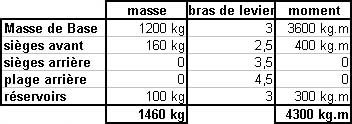 2 minutes.
2 minutes. In order to meet wake turbulence criteria for arriving aircraft and using timed ?
Question 16-13 : Medium aircraft behind heavy aircraft 2 minutes medium aircraft other medium aircraft 2 minutes light aircraft behind medium aircraft 4 minutes medium aircraft behind heavy aircraft 3 minutes
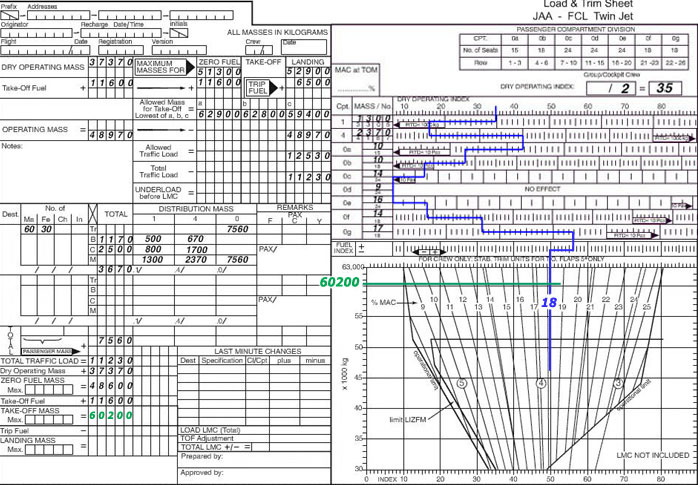 Medium aircraft behind heavy aircraft, 2 minutes.
Medium aircraft behind heavy aircraft, 2 minutes. Longitudinal separation minima based on time .the minimmum longitudinal ?
Question 16-14 : 5 minutes 3 minutes 10 minutes 2 minutes
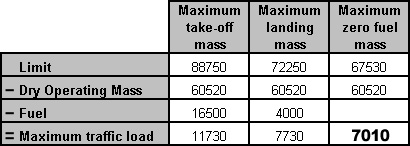 5 minutes.
5 minutes. Longitudinal separation minima mach number technique based on rnav distance ?
Question 16-15 : 80 nm 100 nm 70 nm 60 nm
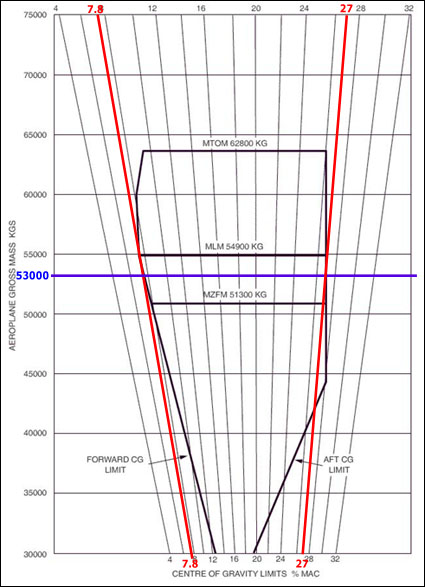 80 nm.
80 nm. Longitudinal separation.longitudinal separation minima based on distance using ?
Question 16-16 : 20 nm 10 nm 25 nm 40 nm
 20 nm.
20 nm. Longitudinal separation .the longitudinal separation minimum based on time ?
Question 16-17 : 3 minutes 5 minutes 6 minutes 10 minutes
Longitudinal separation .the longitudinal separation minimum based on time ?
Question 16-18 : 10 minutes 3 minutes 15 minutes 5 minutes
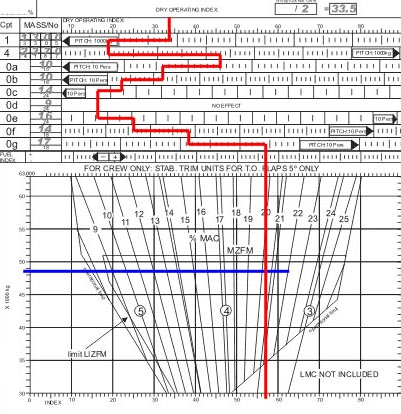 10 minutes.
10 minutes. Lower limit of controlled airspace.the lower limit of a control area / cta ?
Question 16-19 : 700 ft agl 1000 ft agl 1500 ft agl 3000 ft agl
Minimum radar separation on final approach.provided there is no danger of wake ?
Question 16-20 : 2 5 nm 2 nm 5 nm 3 nm
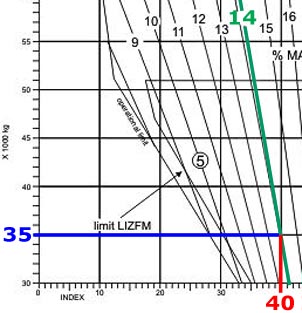 2.5 nm.
2.5 nm. Non radar wake turbulence separation minima for departing aircraft .the minimum ?
Question 16-21 : 2 minutes 3 minutes 4 minutes 1 minute
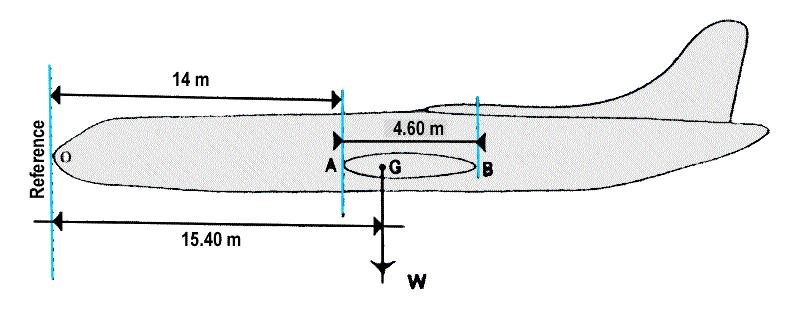 2 minutes.
2 minutes. Separation methods and minima.one minute separation may be used between ?
Question 16-22 : 45° immediately after take off 30° immediately after take off 15° immediately after take off 25° immediately after take off
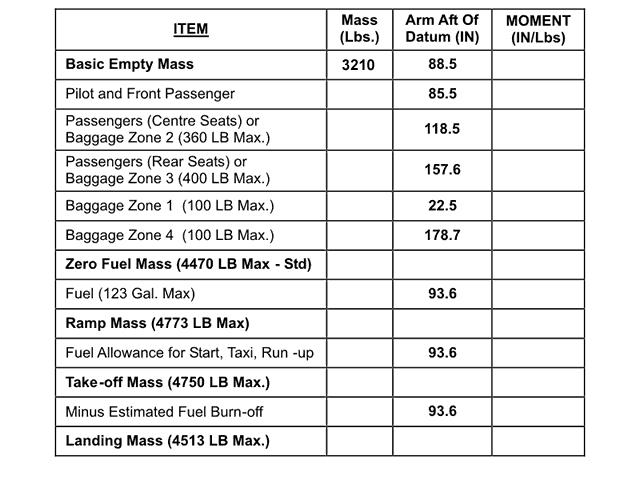 45° immediately after take-off.
45° immediately after take-off. One of the functions ensured by a radar control unit for the provision of ?
Question 16-23 : To conduct surveillance radar approaches to apply a reduced vertical separation of 500 feet between ifr flights and vfr flights to apply a horizontal separation less than 5 nm to provide instructions in order to reduce separations minima if accepted by the pilots
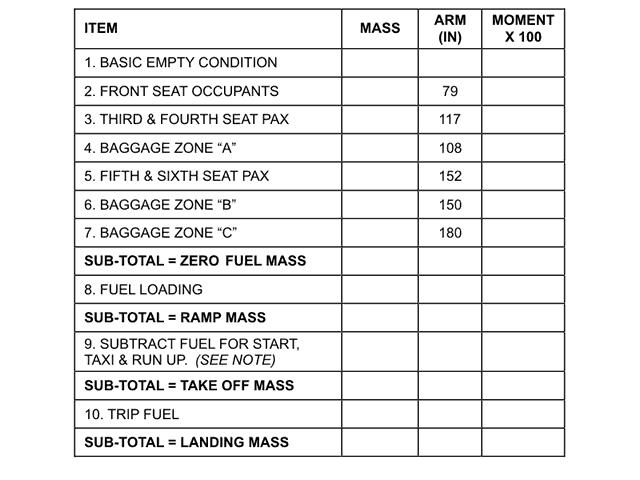 To conduct surveillance radar approaches.
To conduct surveillance radar approaches. One of the functions ensured by a radar control unit for the provision of ?
Question 16-24 : To conduct precision radar approach par to apply a reduced vertical separation of 500 feet between ifr flights and vfr flights to apply a horizontal separation less than 5 nm to provide instructions to reduce the separation minima
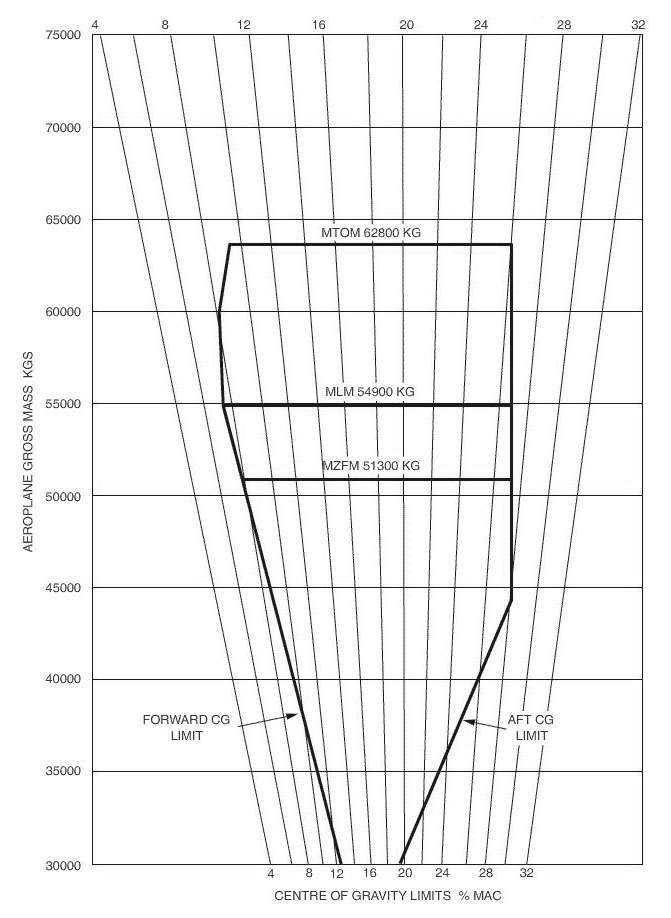 To conduct precision radar approach (par).
To conduct precision radar approach (par). Procedures related to communication failure ifr in vmc .which procedure do you ?
Question 16-25 : Continue to fly in vmc land at the nearest suitable aerodrome report the arrival by the most expeditious means to the appropriate air traffic control unit continue the flight at the assigned level and route carry out level changes as indicated in the filed atc flight plan start the approach to the flight plan destination at the planned eta maintain the assigned level and route and land at the nearest aerodrome where vmc conditions prevail continue to fly in vmc and return to the aerodrome of departure
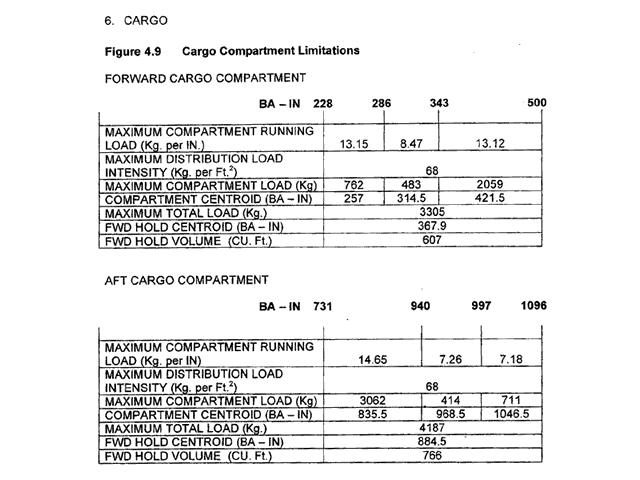 Continue to fly in vmc, land at the nearest suitable aerodrome, report the arrival by the most expeditious means to the appropriate air traffic control unit.
Continue to fly in vmc, land at the nearest suitable aerodrome, report the arrival by the most expeditious means to the appropriate air traffic control unit. Radar controlled aircraft on intermediate or final approach may be requested to ?
Question 16-26 : 20 knots and not within 4 nm of threshold 10 knots and not within 5 nm of threshold 25 knots at any stage 15 knots at any stage
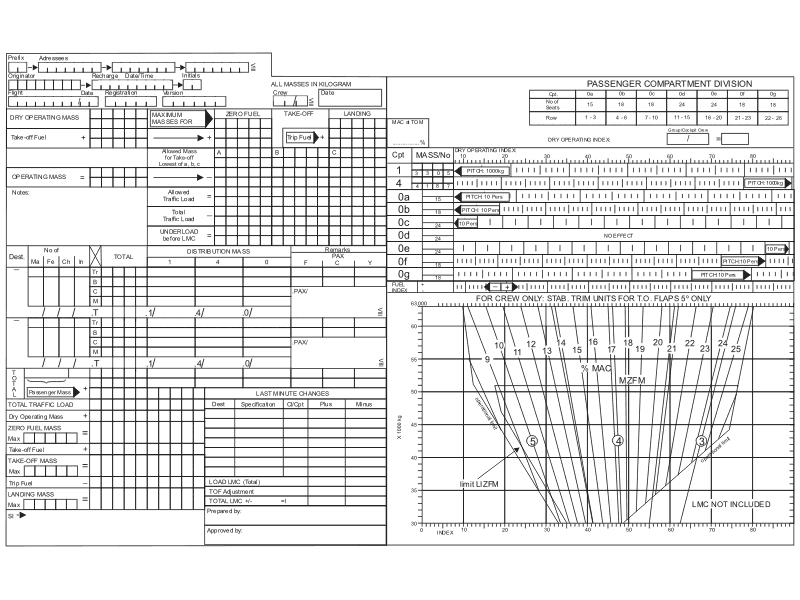 20 knots and not within 4 nm of threshold.
20 knots and not within 4 nm of threshold. Radar services precision surveillance radar.at what distance from the end of ?
Question 16-27 : 1 nm 2 nm 3 nm 5 nm
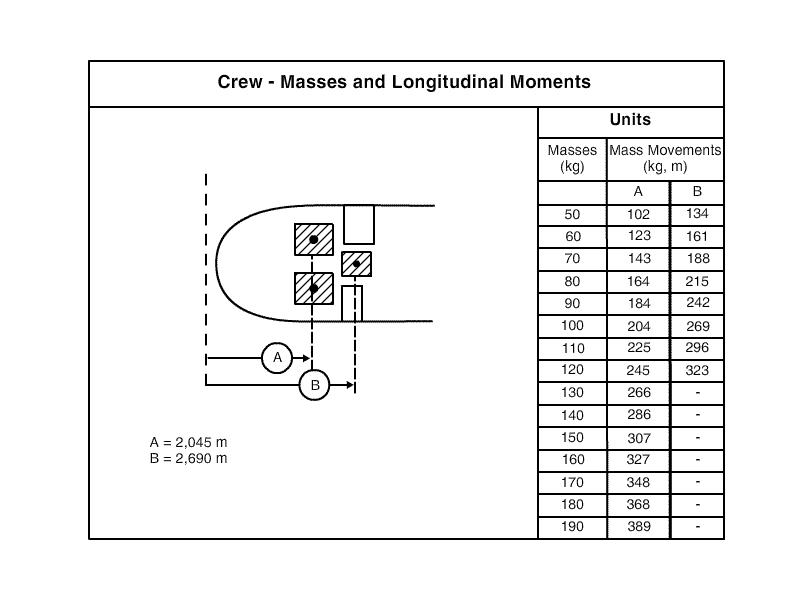 1 nm.
1 nm. Radar services radar separation minima.unless otherwise prescribed by the ?
Question 16-28 : 5 0 nm 3 0 nm 10 0 nm 3 5 nm
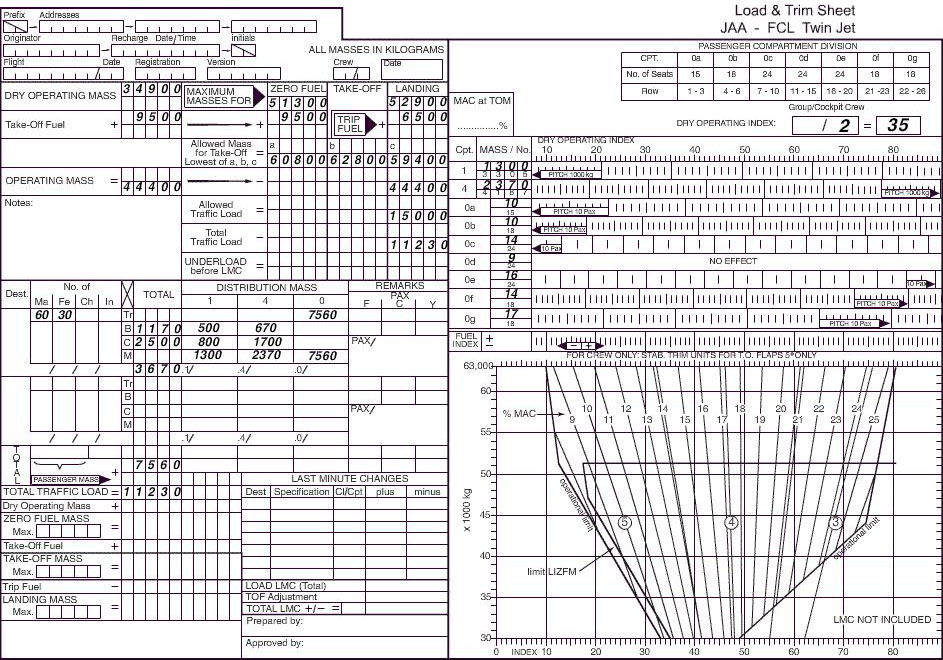 5.0 nm.
5.0 nm. Radar services radar separation minima.without further condition when radar ?
Question 16-29 : 3 0 nm 2 0 nm 5 0 nm 1 5 nm
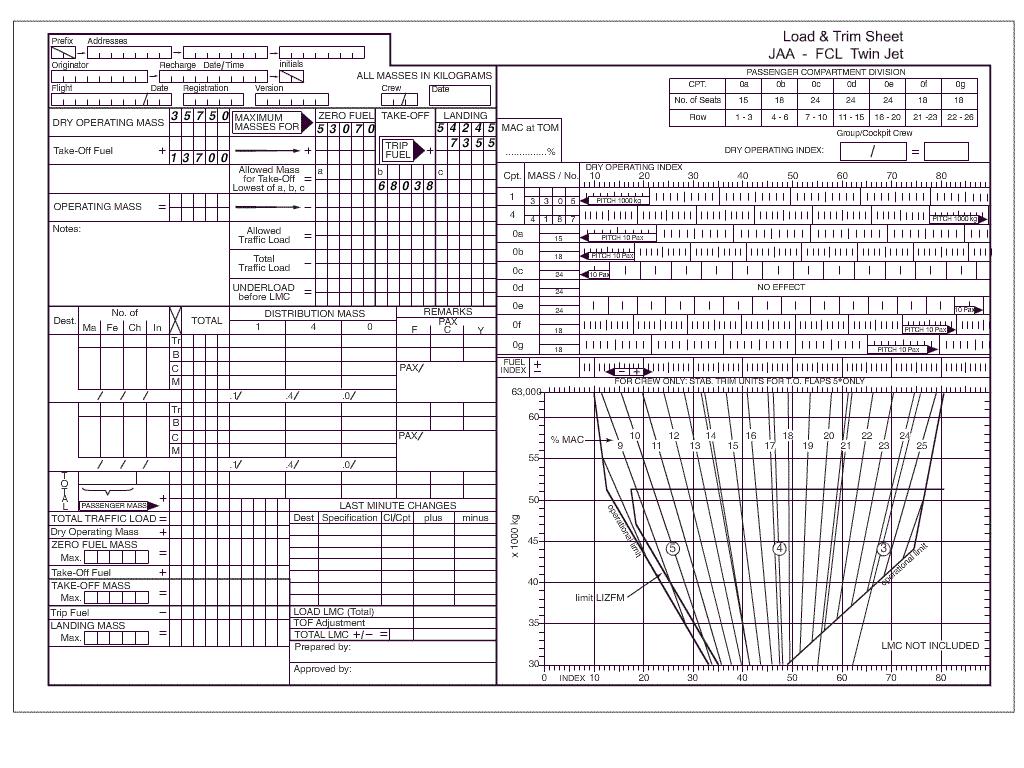 3.0 nm.
3.0 nm. Regarding aerodrome flight information service afis ?
Question 16-30 : It can only supply limited services to the users and under no circumstances may it supply atc services its purpose is to supply atc services but it is not a state organisation it has the same privileges and prerogatives as an atc organisation but its activity is neither continuous nor regular its only purpose is to relay atc information to the aircraft in flight or on the ground
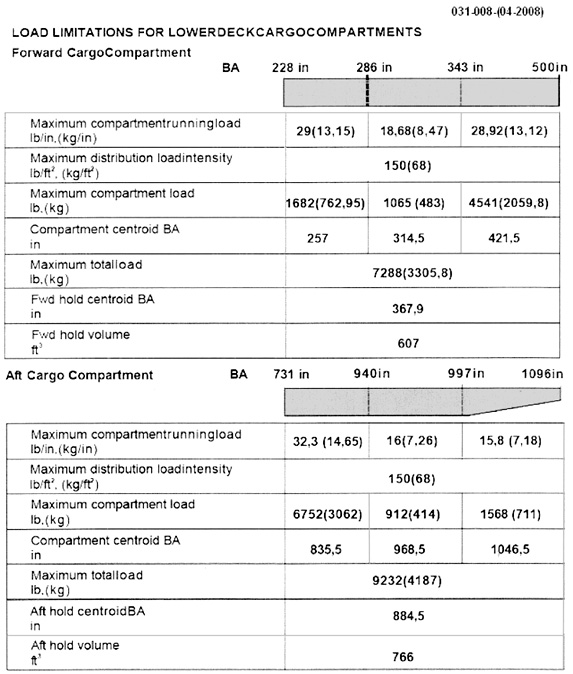 It can only supply limited services to the users and under no circumstances may it supply atc services.
It can only supply limited services to the users and under no circumstances may it supply atc services. Required navigation performance rnp shall be prescribed ?
Question 16-31 : By states on the basis of regional air navigation agreements by states but not on the basis of regional air agreements by icao on the basis of regional air navigation agreements by regional air navigation agreements
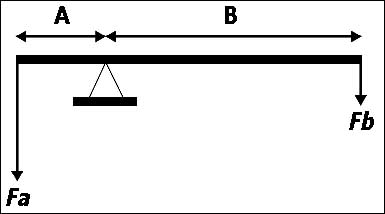 By states on the basis of regional air navigation agreements.
By states on the basis of regional air navigation agreements. Icao annex 11 air traffic services alerting service .which phase of emergency ?
Question 16-32 : Alerfa incerfa detresfa searchfa
 Alerfa.
Alerfa. Icao annex 12 search and rescue .upon the occurrence of which phase the rcc ?
Question 16-33 : Alert phase alerfa uncertainty phase detresfa distress phase incerfa emergency phase emergenfa
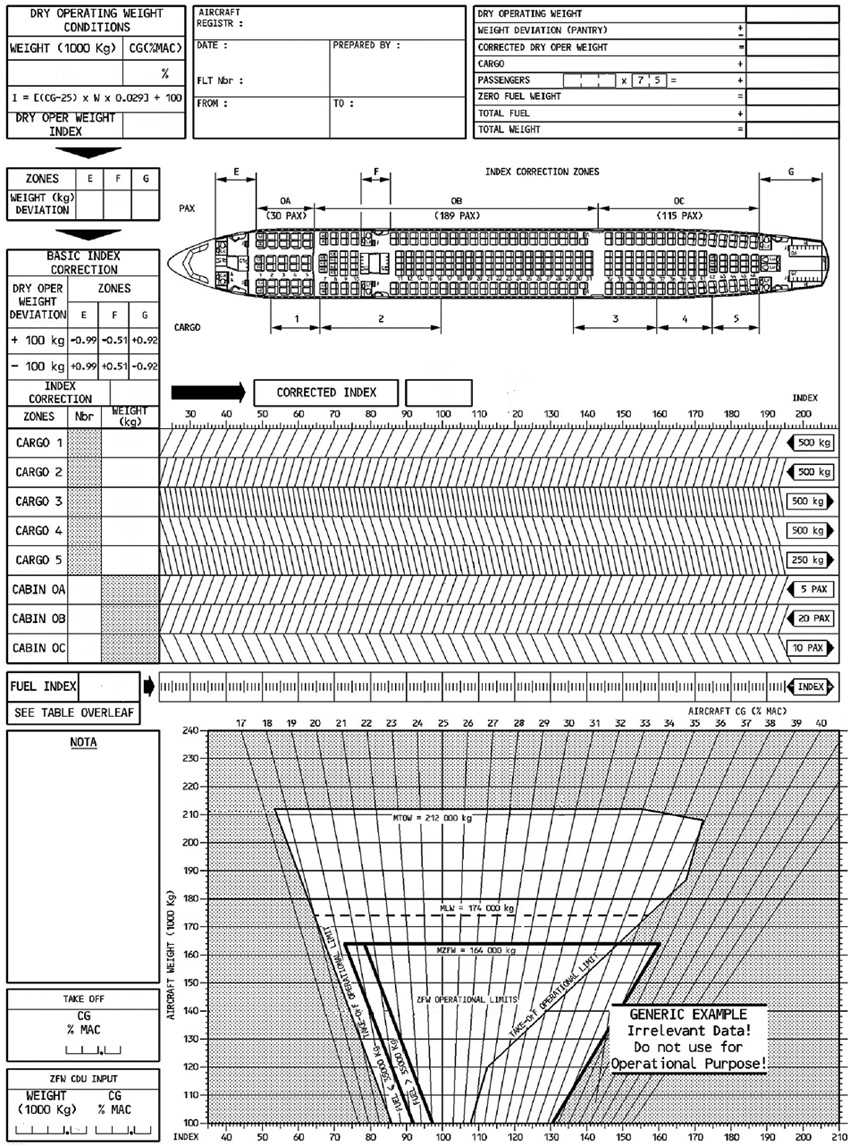 Alert phase (alerfa).
Alert phase (alerfa). Separation vmc and own separation .the 'clearance to fly maintaining own ?
Question 16-34 : Airspace class d and e vmc hours of daylight airspace class c vmc hours of daylight airspace class b c d and e vmc airspace class c d vmc
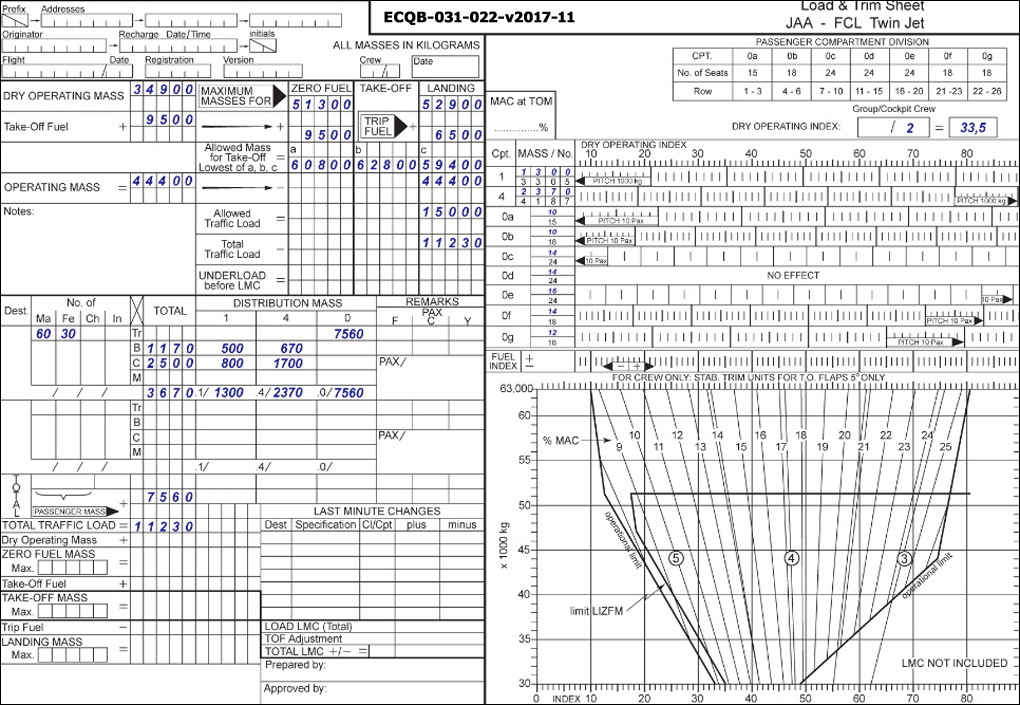 Airspace class d and e, vmc, hours of daylight.
Airspace class d and e, vmc, hours of daylight. Separation in the vicinity of aerodromes timed approaches .a 'timed approach ?
Question 16-35 : Pass a specified point inbound at a previously notified time keep distance and time equal between aircraft in the approach maintain a specified airspeed during the approach procedure notify the time when passing a specified point
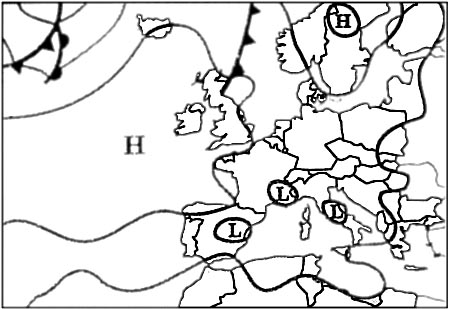 Pass a specified point inbound at a previously notified time.
Pass a specified point inbound at a previously notified time. Separation methods and minima essential traffic information.essential traffic ?
Question 16-36 : Controlled traffic not separated from another controlled traffic with the prescribed separation minima controlled traffic separated from other controlled traffic with the prescribed separation minima controlled ifr flights separated from uncontrolled flights within advisory airspace uncontrolled ifr flights separated from uncontrolled vfr flights within advisory airspace
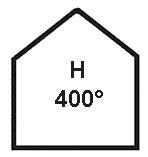 Controlled traffic not separated from another controlled traffic with the prescribed separation minima.
Controlled traffic not separated from another controlled traffic with the prescribed separation minima. Separation methods and minima essential traffic.a vfr flight constitutes ?
Question 16-37 : B b and c b c and d b c d and e
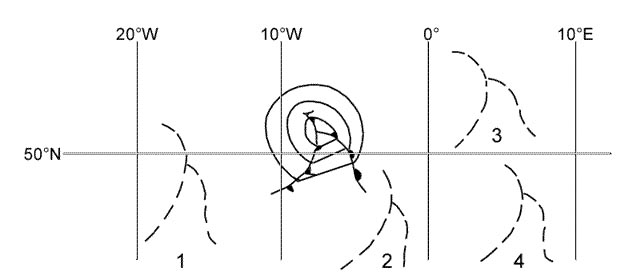 B.
B. Separation methods and minima general .what are the controlled traffic ?
Question 16-38 : Vertical and horizontal separation vertical horizontal and angular separation time separation and track separation composite separation
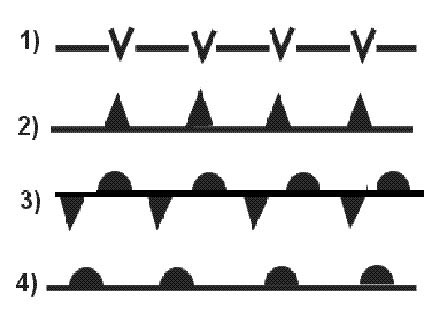 Vertical and horizontal separation.
Vertical and horizontal separation. Separation methods and minima vertical separation minima vsm .according doc ?
Question 16-39 : 4000 feet 2000 feet 3000 feet 2000 feet
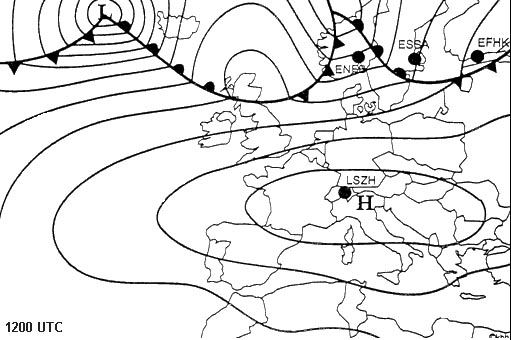 4000 feet.
4000 feet. Separation methods and minima vertical separation the vertical separation ?
Question 16-40 : 2000 feet 600 m 1000 feet 300 m 500 feet 150 m 4000 feet 1200 m
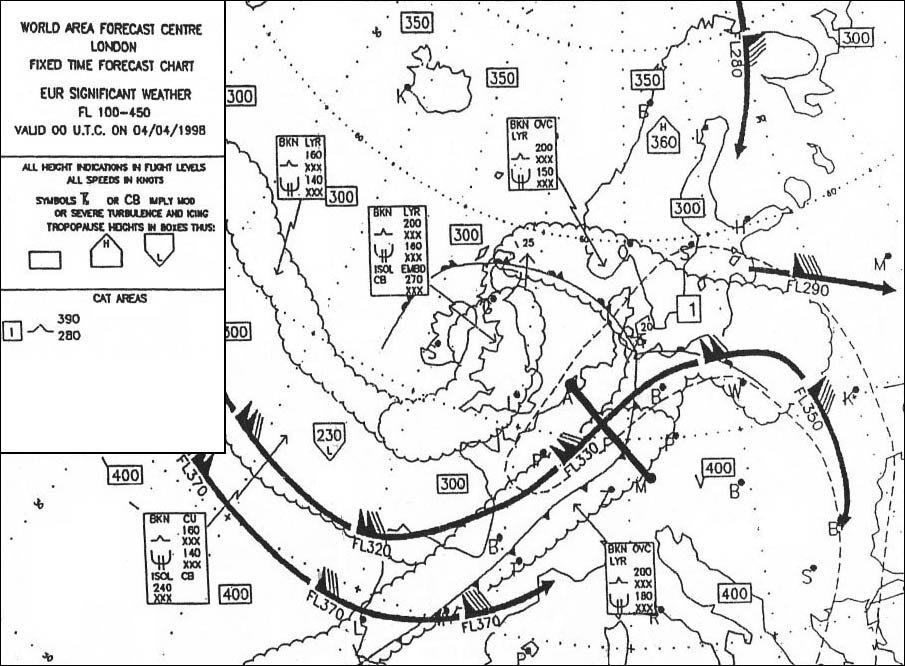 2000 feet (600 m).
2000 feet (600 m). ~
Exclusive rights reserved. Reproduction prohibited under penalty of prosecution.
599 Free Training Exam Other source study: Furious atpl examen 16
